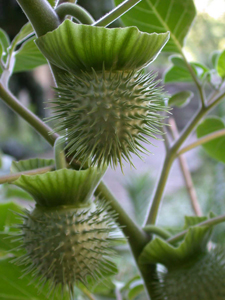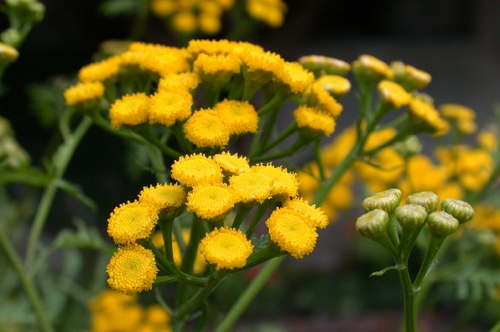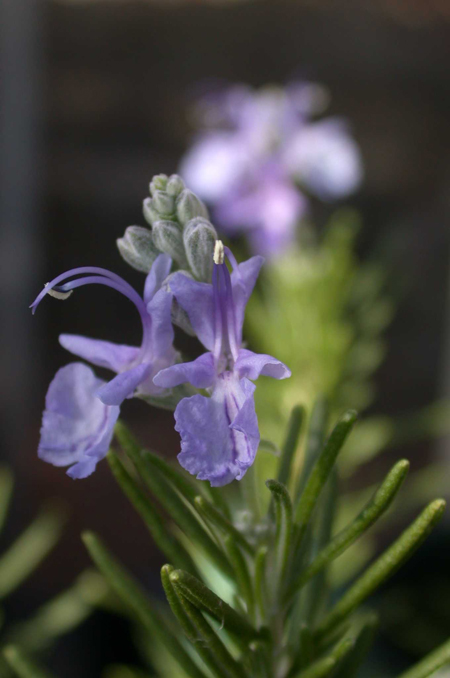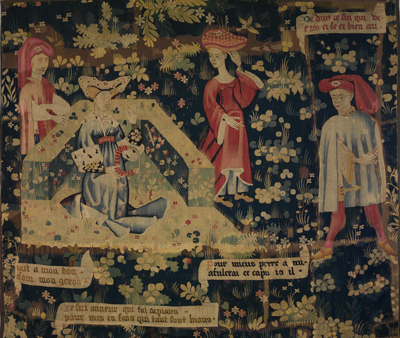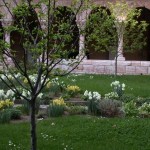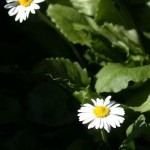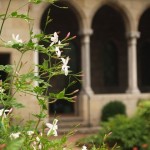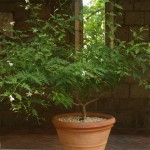Transplanting the Medieval Garden
While rosemary was a familiar herb of the Mediterranean littoral in antiquity, the date of its introduction into Northern Europe is uncertain, and it was not grown in England until the fourteenth century. The thorn apple, Datura metel, did not reach Europe from India until the fifteenth century, although it is mentioned in Islamic sources at an earlier date.
Much as architectural elements from different periods and locales in medieval Europe were transported to New York and integrated into a single modern building, the herbs, fruits, and flowers growing in the gardens were transplanted, traveling across time and space to their home at The Cloisters.


